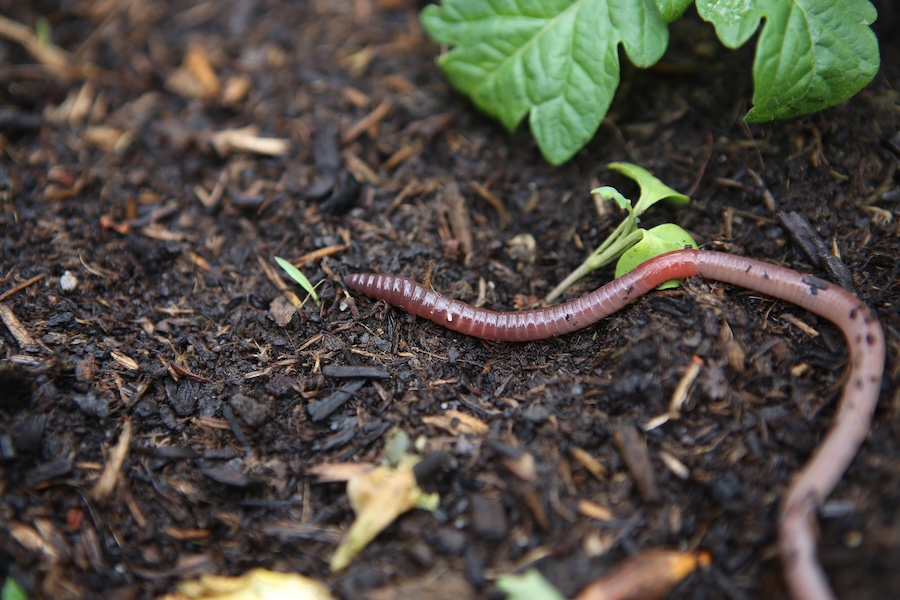On World Soil Day last December, the Swiss Soil Science Society named rendosol as the soil of the year for 2025. This type of soil is characteristic of the forests and meadows of the limestone regions of the Jura, and its upper layer is usually rich in humus thanks to the presence of countless earthworms.
Earthworms digest part of the organic matter, releasing more nutrients into the soil. In addition, according to research by Philipp de Jong, a doctoral student at the Swiss Federal Institute for Forest, Snow and Landscape Research, earthworms ‘eliminate’ the carbon present in the soil in different ways depending on the species.
The natural cohabitation of two species, the common earthworm and the blue earthworm, would be ideal for storing a significant amount of carbon. Nevertheless, the overall impact of earthworms on forest soil is still poorly understood. That is why the Forest Floor research project is trying to shed light on these ‘shadow workers’.
Moreover, earthworms are particularly vulnerable to the droughts that global warming may cause. Considering that our soil has a greater carbon storage capacity than living organisms on the surface, this research is vital for the future of our planet.
And, contrary to what one might think, soil organisms do not react to changes in the same way as plants. Therefore, it is not possible to deduce underground processes based solely on surface observations. Understanding all of the systems is therefore essential to tackling climate change.


